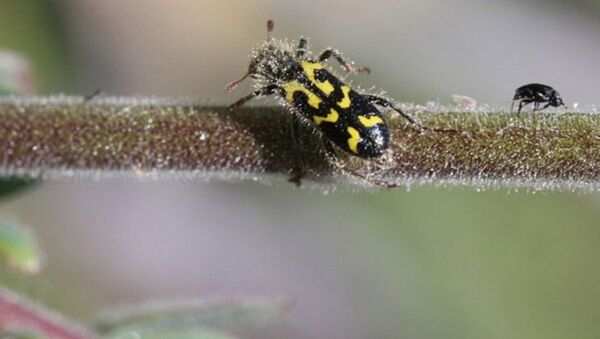The study, named 'The siren song of a sticky plant: columbines provision mutualist arthropods by attracting and killing passerby insects,' found over 110 plant varieties that trap bugs on their sticky surfaces. Some of them are carnivorous and eat the bugs, but most exhibit the behavior, which the scientists concluded was a defense mechanism to protect the plant.
Eric LoPresti, one of the authors of the study, explains how he came upon the idea for the study:
"I came upon a columbine – Aquilegia eximia – which I instantly knew held some potential for cool experiments. The first thing I noticed was that it was extremely sticky and covered in dead insects and the second was that it had a bunch of predators on it."
His finding led him to think of another scientific paper he had read, which proved a similar hypothesis for tarweed, and decided to test the idea in another system.

LoPresti and his coauthors referred to the sticky plants as a "tourist trap" for passerby insects, and to describe the phenomenon settled on the metaphor of the sirens, creatures of Greek mythology which lured sailors to their death with beautiful singing.
"These poor insects – innocent sailors of the California air – are somehow drawn to their deaths on the columbines," sayd LoPresti.
"Of course, the columbines put the insects to good use in their defense, leaving open the question – which I am sure classical mythologists lose much sleep over – what did the sirens do with their collection of dead sailors?"



